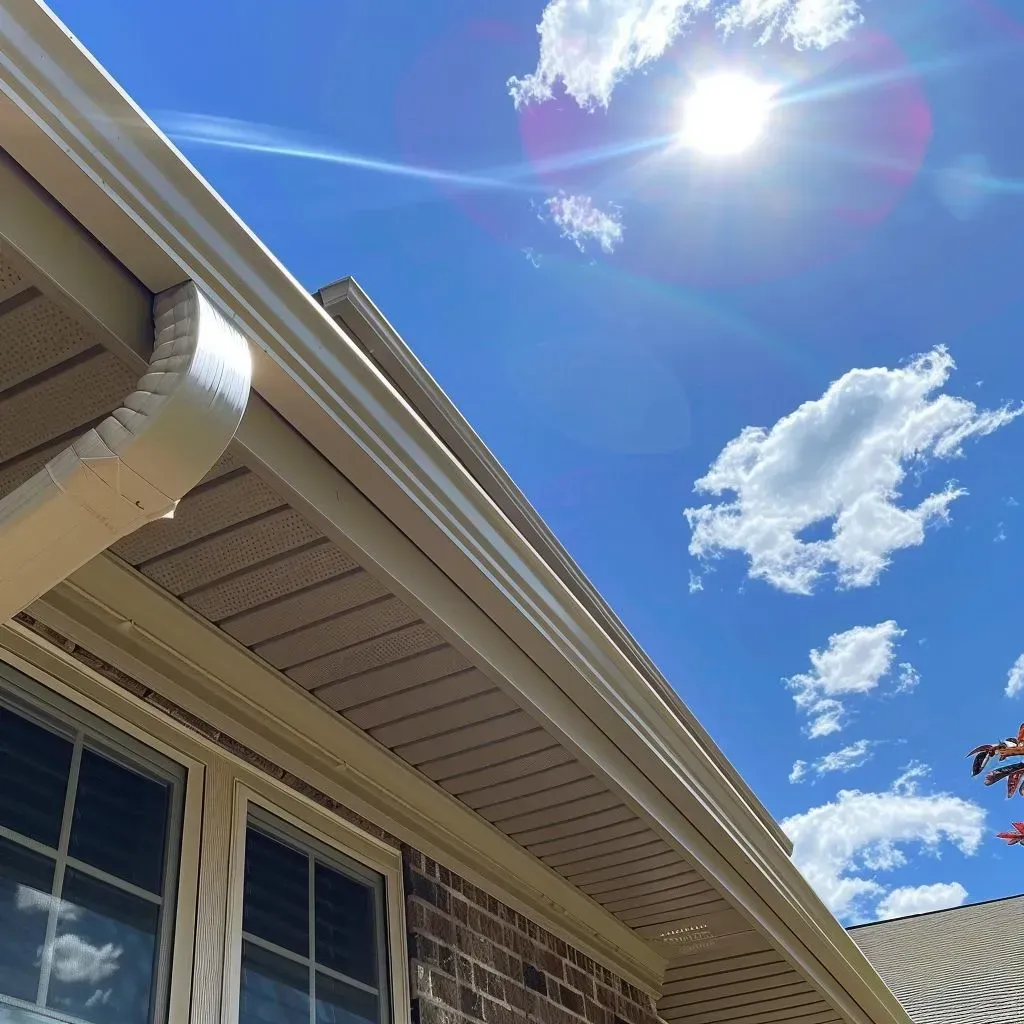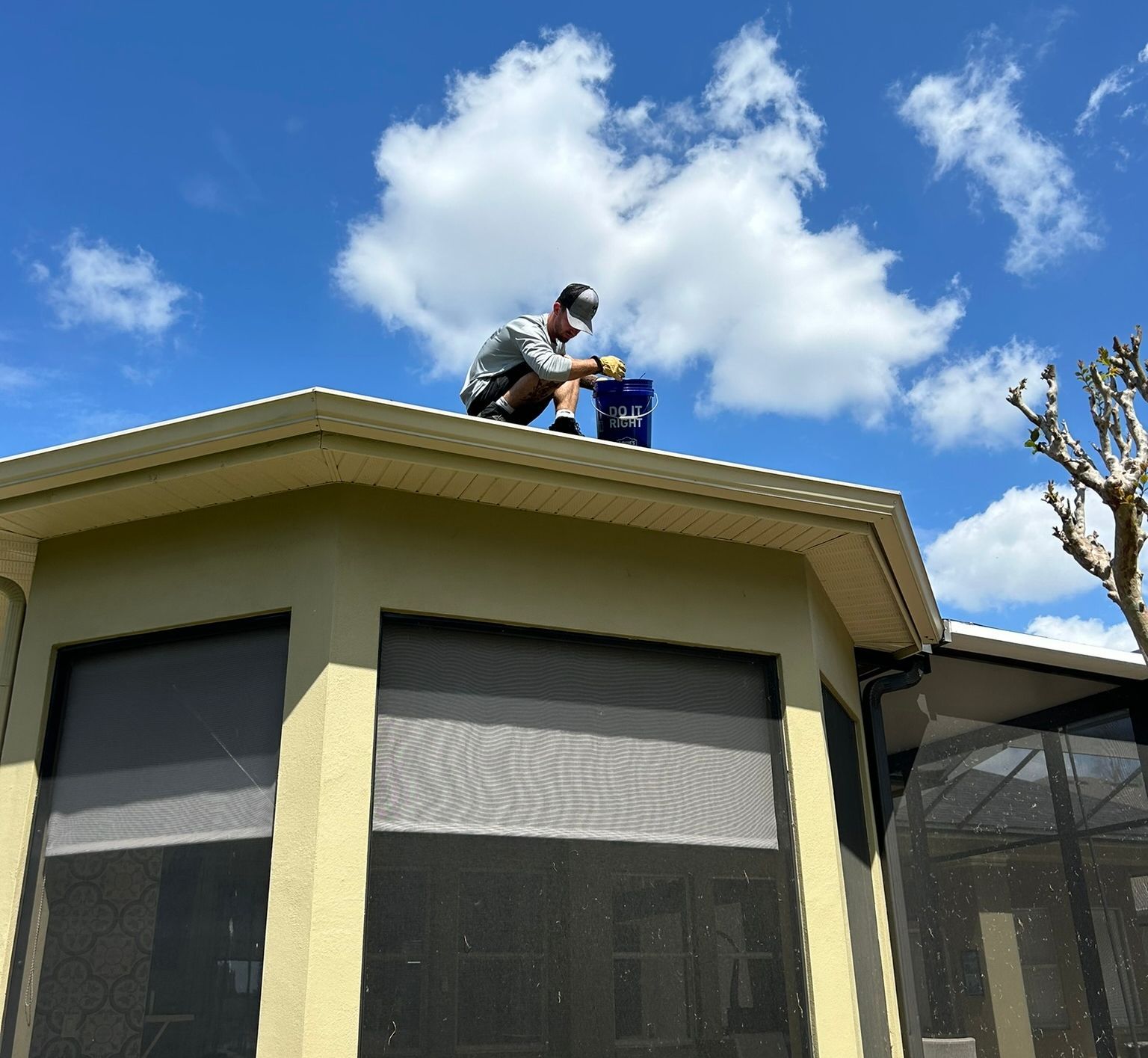Introduction
When it comes to home maintenance, gutters are often the unsung heroes. They protect your gutter company Mr Gutter, Inc home from water damage, preserve your landscaping, and prevent erosion. However, a crucial part of a gutter system that often gets overlooked is the downspout. So, how many downspouts does your home really need? This article dives deep into this question, offering expert insights, practical tips, and essential information on gutter installation, maintenance, and more.
How Many Downspouts Does Your Home Really Need? Expert Insights
Determining the right number of downspouts for your home can significantly affect your gutter system's efficiency. Generally speaking, most homes should have a minimum of one downspout for every 40 feet of gutter run. However, this is a rule of thumb; various factors can influence this number.
Factors Influencing Downspout Requirements
Roof Size and Shape: Larger roofs or those with complex shapes may require additional downspouts. Rainfall Intensity: Areas prone to heavy rainfall will benefit from more downspouts to manage the water flow efficiently. Soil Type: Some soils absorb water better than others; consequently, homes on clay soil may require more downspouts. Gutter Size: The size of your gutters also plays a role—larger gutters can handle more water but may still need multiple downspouts.Benefits of Adequate Downspout Installation
- Preventing Water Damage: Properly placed downspouts direct water away from your foundation. Reducing Erosion: They help maintain landscaping by preventing soil washout. Minimizing Basement Flooding Risks: By ensuring effective drainage, you reduce the risk of flooding in basements.
Common Misconceptions
One common misconception is that having too many downspouts can lead to increased maintenance costs or gutter company cluttered aesthetics. However, the primary concern should always be efficient water management rather than visual considerations.
Gutter Installation Process Explained
The gutter installation process isn’t just about hanging up some metal along the roofline; it’s an intricate procedure that requires careful planning and execution.
Step-by-Step Guide to Gutter Installation
Planning:
- Assess your roof area and determine how many gutters and downspouts you'll need based on size and rainfall data.
Choosing Materials:
- Decide between aluminum, copper, vinyl, or steel based on durability and climate compatibility.
Measuring and Cutting:
- Measure sections carefully before cutting materials to ensure a perfect fit.
Installing Brackets:
- Secure brackets at intervals (usually every 24 inches) along the fascia board.
Hanging Gutters:
- Attach gutters to the brackets using screws or rivets.
Installing Downspouts:
- Position downspouts at strategic points to optimize drainage away from your foundation.
Sealing Joints:
- Use sealant at joints and corners to prevent leaks.
Final Checks:
- Inspect for any misalignments or potential leaks before considering the job complete.
Tools Needed for Installation
- Level Measuring tape Hacksaw or power saw Drill Sealant Safety gear (gloves & goggles)
Professional vs DIY Installation
While some homeowners might opt for DIY installation to save money, hiring professionals ensures that these steps are executed correctly without compromising quality.
Signs You Need a Gutter Replacement
Not all gutters last forever; they experience wear and tear over time due to various elements such as weather conditions or debris buildup. Here are some signs you need a replacement:
Visible Rust or Corrosion Cracks or Holes Sagging Gutters Frequent Clogs Water Damage on Walls or Foundations Peeling Paint near GuttersIgnoring these signs can lead to significant issues like water damage and mold growth in your home.
Choosing the Right Gutter System for Your Home
Selecting the right gutter system involves considering several factors such as material type, size, style, and functionality:
Material Choices
Aluminum: Lightweight and resistant to rust. Copper: Durable but comes with a higher price tag. Vinyl: Cost-effective but less durable than metal options. Steel: Very strong but subject to rust without proper maintenance.Gutter Styles
K-style: Popular due to their modern look. Half-round: Traditional design often seen in historic homes.Gutter Size Considerations
Standard sizes are typically 5-inch or 6-inch; larger roofs may benefit from wider options providing better capacity for runoff during rainstorms.
How Long Does Gutter Installation Take?
The duration for installing gutters can vary based on several factors including:
Size of the home Complexity of the roofline Weather conditions Experience level of installersOn average:
- A small home might take around 4–6 hours, A larger home could take a full day or longer if extensive modifications are needed.
Gutter Installation Costs Broken Down
Understanding how much you’ll spend on gutter installation helps you budget effectively:

| Item | Estimated Cost | |-------------------------------|--------------------| | Material (Aluminum) | $3-$5 per foot | | Labor Costs | $50-$100 per hour | | Additional Accessories (Downspouts) | $20-$30 each | | Total Estimate | $600-$2000+ |
Note: Prices may vary based on geographic location and specific contractor pricing models.
DIY Gutter Installation vs Professional Install
Deciding whether to tackle gutter installation yourself or hire professionals depends largely on skills and comfort level:
Pros & Cons of DIY Installation
Pros:
Saves Money Flexibility in Timeline Learning ExperienceCons:
Time-consuming 2.Fewer Guarantees 3.Potential for MistakesHiring professionals brings expertise but comes at an added cost—consider weighing both options carefully!
FAQs About Gutter Systems
What Are Seamless Aluminum Gutters?
Seamless aluminum gutters are continuous lengths without seams that reduce leakage risks dramatically compared to traditional systems which have joints at every section junctions.
Benefits of Seamless Gutters Over Sectional
Seamless gutters provide fewer points for leaks while boasting an aesthetically pleasing finish because they appear as one coherent unit along your roofline.
How Are Seamless Gutters Made On-Site?
Using specialized machines called "gutter machines," seamless gutters are formed directly at your home allowing precise sizing tailored specifically for unique architectural features present in each property design layout!
Are Aluminum Gutters Worth The Investment?
Absolutely! Given their durability against corrosion coupled with low maintenance needs make them an excellent choice overall!
How Often Should Gutters Be Cleaned?
Gutters should ideally be cleaned twice a year—once in spring after leaves have fallen off trees & again before winter sets in!
Do Gutter Guards Really Work?
Yes! While no guard system is entirely foolproof—they significantly reduce clogging incidents requiring less frequent cleaning schedules overall!
Conclusion
Understanding how many downspouts your home needs is critical not only for maintaining its aesthetic appeal but also preserving its structural integrity against potential water damage! With insights into gutter systems—from installation processes through maintenance—it’s clear that investing time upfront pays dividends long-term when it comes protecting one’s property investments effectively!
